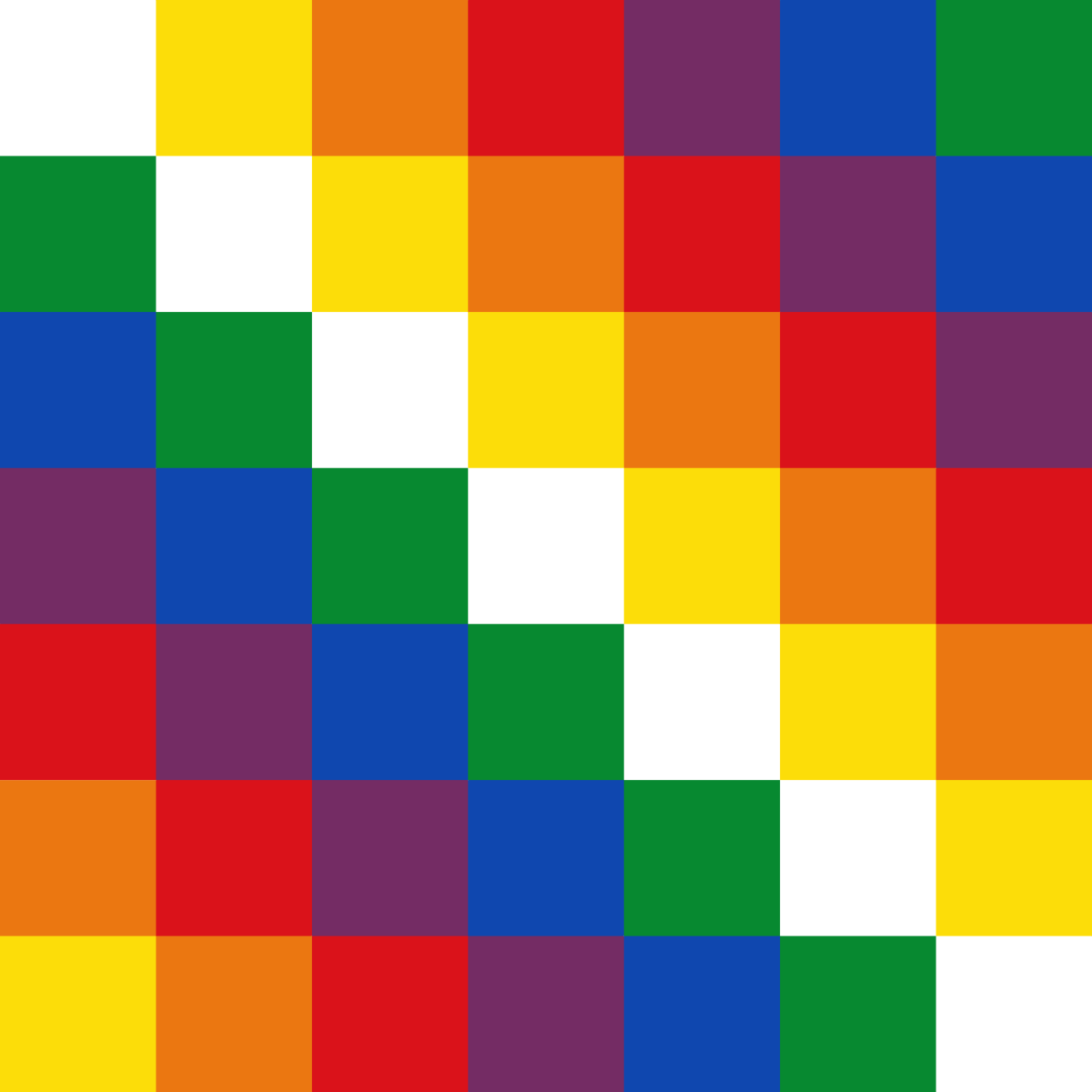Kanafani was born on April 8, 1936 in Acre, Palestine. He lived with his family in Jaffa until they were forced to leave during the Nakba (“catastrophe”) of 1948 and finally settled in Damascus. After living in a refugee camp, he later began working as a teacher in a refugee camp for the UNRWA to help support his family and continue his studies. His experience in the refugee camps is reflected in much of his works.
While studying Arabic literature at the University of Damascus he became interested in politics and met the then leader of the Arab Nationalist Movement (ANM) George Habash, with whom he began to work. After teaching several years in Kuwait, where he was diagnosed with acute diabetes, Kanafani moved to Beirut to work on al-Hurriyya (“Independence”) magazine at the invitation of Habash.
In 1961 he married Danish professor Anni Hoover, who had come to Beirut to study the refugee situation and in 1962 he published his first major book, Men in the Sun *, immediately acclaimed throughout the Arab world. Both as a journalist and as a writer, Kanafani was very prolific in the 1960s when Palestinian resistance and armed struggle increased (the PLO was founded in 1965).
The Popular Front for the Liberation of Palestine (PFLP) was founded in 1967 to replace the Movement of Arab Nationalists and Kanafani became director of al-Hadaf, the party’s organ. With a clear Marxist orientation, the PFLP pledged to resist the occupation of Palestine and establish in Palestine a single state with a new secular society based on social justice. The period between 1970 and 1972 was rich in political and armed activity, and at that time Kanafani was a member of the PFLP politburo in addition to being its spokesperson.
The PFLP considered the fight against the Israeli occupation to be anti-colonial resistance. After the defeats of 1948 and, especially, 1967, the struggle in the cultural sphere was fundamental to recover a daily Palestinian national identity that was in danger due to dispersion and ethnic and cultural cleansing. It was the first step to recover his country.
He was assassinated along with his 17-year-old niece Lamees on July 8, 1972 in Beirut by a car bomb planned by Mossad and very possibly with the collusion of the Lebanese authorities.
– PFLP Ghassan Kanafani, Richard Carleton interview COMPLETE
– The Dupes, 1973 Syrian Film based on the book by Kanafani “Men in the Sun”
Hexbear links
- 🐻Link to all Hexbear comms https://hexbear.net/post/1403966
- 📀 Come listen to music and Watch movies with your fellow Hexbears nerd, in Cy.tube](https://live.hexbear.net/c/movies
- 🔥 Read and talk about a current topics in the News Megathread https://hexbear.net/post/4474329
- ⚔ Come talk in the New Weekly PoC thread https://hexbear.net/post/4474295
- ✨ Talk with fellow Trans comrades in the New Weekly Trans thread https://hexbear.net/post/4474253
- 👊 New Weekly Improvement thread https://hexbear.net/post/4531124
- 🧡 Disabled comm megathread https://hexbear.net/post/4485105
- Parenting Chat https://hexbear.net/post/4528813
reminders:
- 💚 You nerds can join specific comms to see posts about all sorts of topics
- 💙 Hexbear’s algorithm prioritizes comments over upbears
- 💜 Sorting by new you nerd
- 🌈 If you ever want to make your own megathread, you can reserve a spot here nerd
- 🐶 Join the unofficial Hexbear-adjacent Mastodon instance toots.matapacos.dog
Links To Resources (Aid and Theory):
Aid:
Theory:


Thinking about how after my siblings brain surgery, the surgeon, one of the best in the country, sat my adoptive parents down to tell them he had 30+ years of experience and had no idea what he removed and neither did anyone else on the team and they had to send it to a different lab than normal and after the lab did the biopsy that confirmed it was cancer, he just never elaborated on why no one “had ever seen anything like it” at first and now that my siblings dead it feel like I’m the only one who remembers that and wants an explanation
I’m incredibly sorry for your loss, comrade. I’d absolutely want an explanation for that too.
You and your sibling (are you blood related?) were adopted by people, and your sibling died of an exceedingly rare and uncommon brain cancer? And you have no other known relatives? Can you get yourself double and triple checked for the rare uncommon brain thing?
They were my adoptive parents biological child so no relation but the type of cancer isn’t the kind you get from bad genes it’s just pure bad luck
Brain cancer is graded differently but the type they had isn’t super rare, I think the issue was that the tumor itself didn’t look like a normal brain tumor but they didn’t elaborate on that at all or describe what it did look like
I do appreciate your concern though, comrade
Thank you for explaining it. I can’t imagine what it must be like to endure that loss, thank you for sharing it